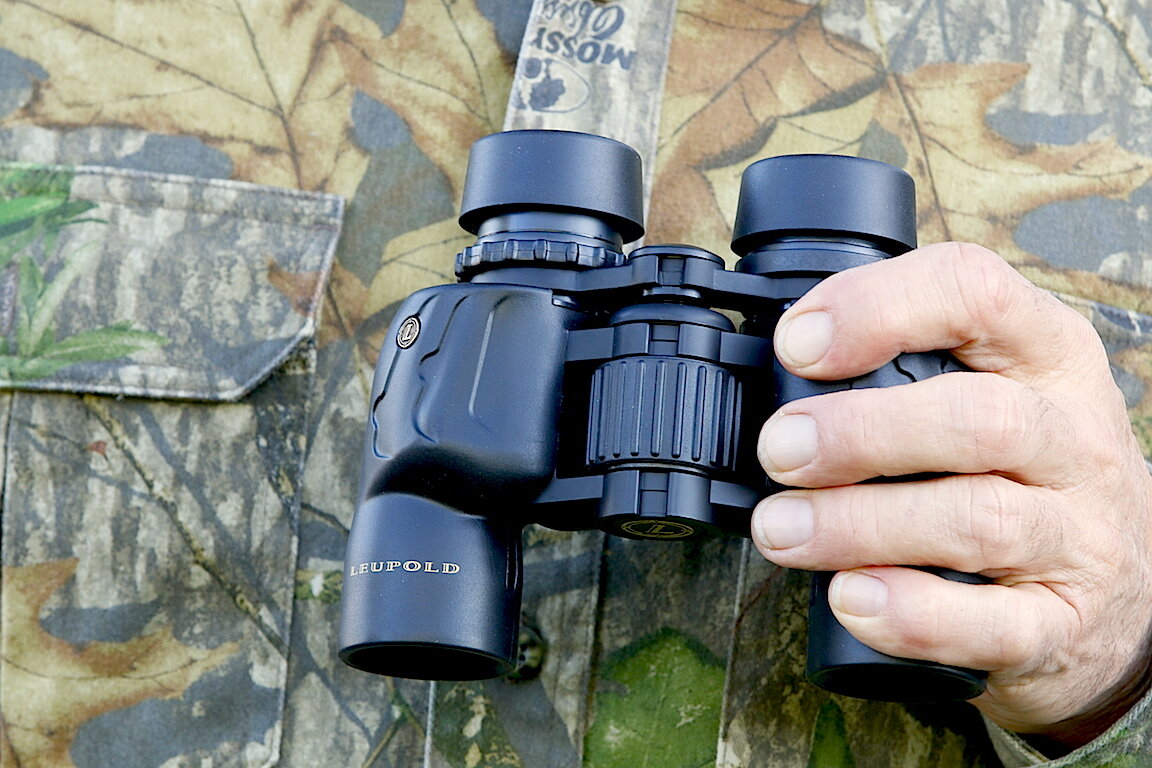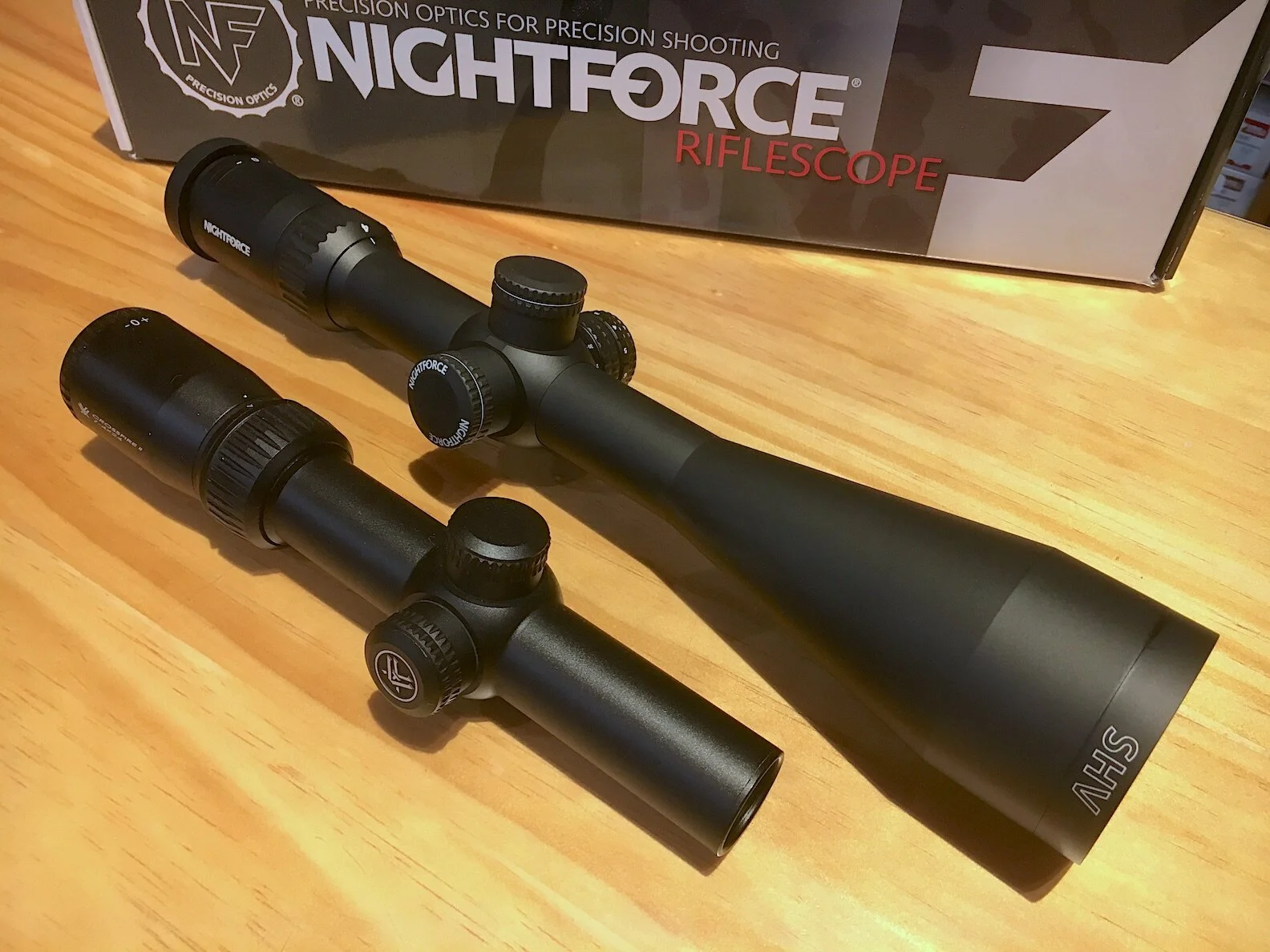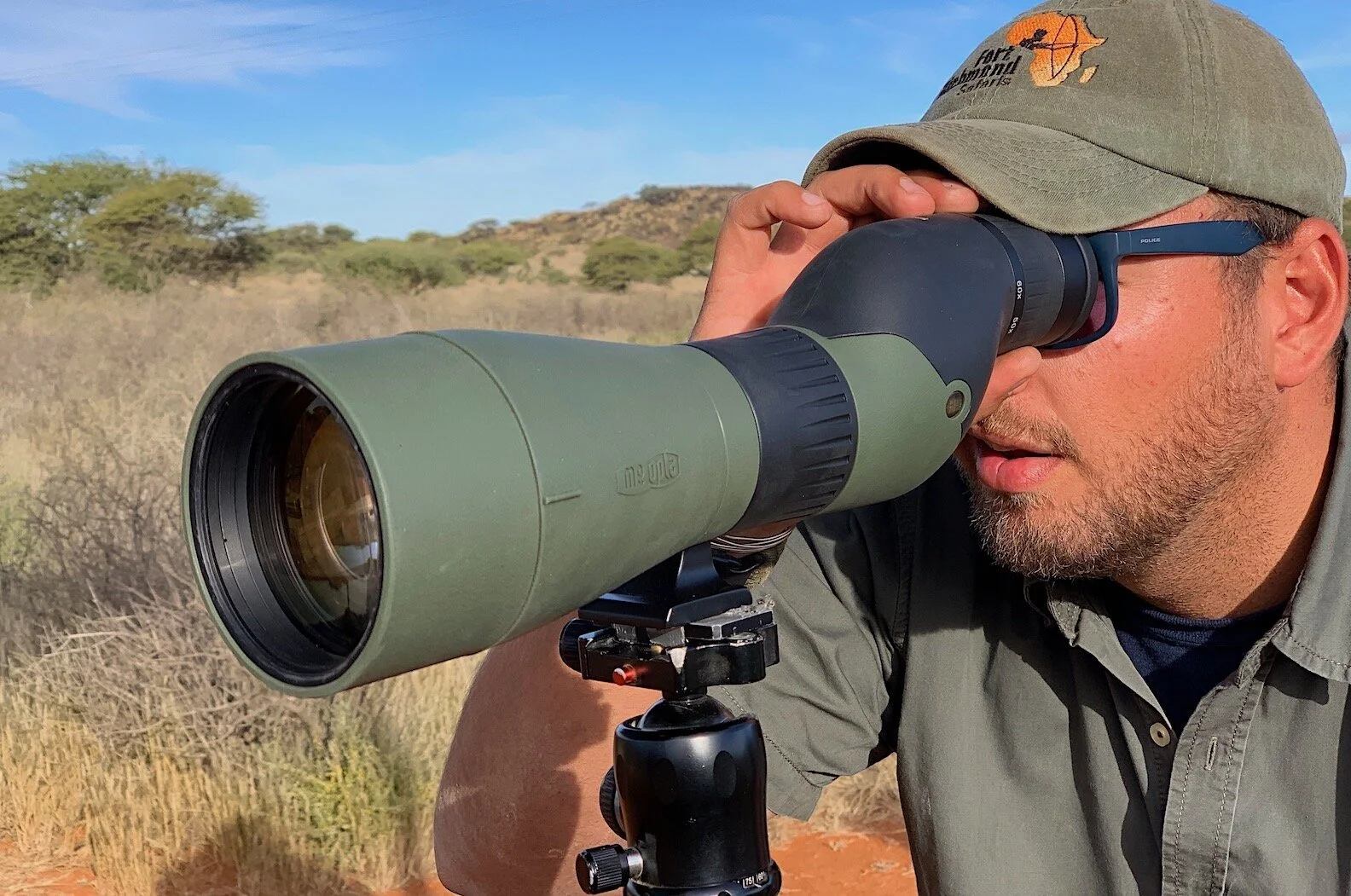Best-Buy Binocular Too Powerful?
Americans love power, but sometimes binocular power can be too much.
My recent review of budget-priced binoculars in the July, 2014, issue of American Hunter magazine prompted a good question from one reader, who asked: "I read with great interest your recent article about the top 7 bin's under $200.00... I have pretty much decided to go with the Leopold Yosemite you rated as tops. However, when I look on ebay...there are 6x30's, 8 x 30's and even 10 x 30's in the Leopold Yosemite line for pretty much the same price...give or take maybe $20.00. Wouldn't it be smart to pick up maybe an 8x30 or even a 10x30 or would it not perhaps be as highly rated as the 6x30 you recommend?"
I responded:
"You may certainly try/buy the 8X or 10X versions, but remember this: with an objective lens diameter of 30mm, 8X power yields 3.75mm exit pupil and 10X gives just a 3mm exit pupil. This means image brightness decreases considerably from the 5mm exit pupil of the 6X. If you're hoping to work in low light, I think you'll find the 6X preferable. Also, all else equal, any binocular will transmit a sharper image at lower power. Magnification increases not only the image size, but also all the tiny flaws in the system plus any shake/tremor you impart. This isn't to say you won't enjoy an 8X or 10X. Just be aware of the trade-offs. Too many binocular buyers assume more power means a better binocular, and that's rarely the case."
Exit pupils are the little circles of light you can see in the eyepieces of binoculars if you hold them at arm's length, aimed toward a bright sky, ceiling or wall. These circles represents all the light escaping the binocular. If the exit pupils are smaller than the pupils in your eye, you get a darker image than you could take in. If the exit pupils are larger than your pupils, the extra rim of light merely bounces off your irises, never reaching your retinas at the inside back of your eyeballs. Because human eye pupils contract and dilate in response to light intensity and binocular exit pupils don't, it's smart to choose a binocular with exit pupils as large as your pupils will dilate
if you want optimal brightness in extremely low light conditions.
This is about 7mm.
Unfortunately, to get exit pupils this large, you need extremely large objective lenses and/or low magnification, because magnification works against brightness.
To calculate exit pupil diameter, divide a binoculars' objective lens diameter in millimeters by magnification. Thus, a 10X binocular with 50mm objective lenses would yield a 5mm exit pupil. You'd need a huge, heavy 10x70mm to get those 7mm exit pupils. Who wants those monstrosities dangling around their neck?
Reduce the power of those 50mm objective binoculars to 7X and you get your 7mm exit pupils without excess bulk and weight. (50 divided by 7 = 7.14mm)
These numbers aren't the only things to consider. Even more critical for brightness are antireflection coatings, and you can learn all about them here and here:
Find a copy of the July American Hunter and read the full review of this and six other bargain-priced binoculars for more details. Some winners, some losers. You'll be surprised at the quality you can buy for under $200 if you know what to look for.












